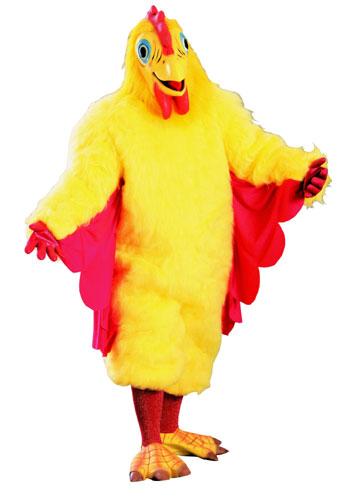March 27, 2006
Cooling Down The Bird Flu Hysteria
By Michael D. Shaw
As fears over bird flu spread, and as some media commentators speculate about human-to-human transmission of this virus, it is once again important for people to separate fear from reality.
First of all, the use of the word “pandemic,” which has a sinister connotation, lacks appropriate context. The term merely signifies the presence of a virus or illness in multiple countries, or a sizable geographical area. It can also be used when a “large number” of people are affected. Of course, by that calculus, policy makers and health care workers routinely confront a common cold pandemic each fall and winter, where individuals develop the classic symptoms of a routine yet highly treatable and self-limiting virus.
In the meantime, news reports scream about impending doom from a virus (H5N1 bird flu) that, to date, has claimed fewer than two hundred lives. By focusing on a potential danger, which still lacks many of the ingredients of a proverbial doomsday scenario, both journalists and select doctors ignore the very real threat of regular flu, which hospitalizes more than 100,000 patients each year, and kills tens of thousands.
Consider bird flu the illness du jour, or a topic drawn from the hypochondriac’s guide to disease control. An “exotic” virus with origins in a distant Chinese province appears, which subsequently results in the wholesale slaughter of poultry, various travel restrictions, and warnings about a killer strain that could dwarf the deadly effects of the so-called Spanish flu. In truth, these fears are historically wrong, scientifically inaccurate, and emotionally absurd.
According to Dr. Marc Siegel, a professor of medicine at New York University, we simply do not know if bird flu will ever mutate into human-to-human form. And, even in its current bird-to-human composition (which cost the lives of 65 people last year), bird flu is not a global epidemic. More importantly, it is a waste of time—minus the political grandstanding, of course—for elected officials to ban the importation of poultry from countries where, like Israel or continental Europe, a handful of chickens or turkeys may have this virus.
After all, if poultry is thoroughly cooked, the H5N1 virus is killed. And yet, the fear of bird flu is now so widespread that 46 countries have banned the importation of French poultry after a single turkey was found to be infected. France, which is the world’s fourth largest exporter of poultry, now loses more than $40 million a month because of these new rules. On the other hand, if you typically eat raw poultry, please disregard the preceding sentences.
In another blow to commerce, bird flu hysteria includes warnings about travel overseas. It must be emphasized that bird-to-human transmission of this virus only happens after close, REPEATED contact with infected species. Bear in mind that this virus has been around since 1997, having increased each year in the bird population. Yet, unashamedly, in what can only be viewed as a desperate attempt to boost flagging circulation and ad sales, the media continue to transform an old story into something else—a dire warning about quarantined villages and a health care infrastructure that will collapse.
As Dr. Siegel states:
“The chances are that some virus will mutate so that it can go human-to-human, but it may not be this one. It only happens about three times per century that a real killer virus occurs, so we may be getting alarmed way too prematurely here. It’s something we should cool down about right now.”
At its worst, this sort of fear can produce dangerously bad pharmaceuticals and hurried vaccines that are not suitable for mass use. During the swine flu panic of 1976, the mass vaccination program was connected to more than 500 cases of Guillain-Barré Syndrome—a rare paralytic disease. There were 25 deaths.
A far better modality than panic would be to upgrade our vaccine policy to meet the needs of a globe-trotting society. This calls for greater investments in bioengineering and innovative scientific research. At present, a chicken-egg medium is generally utilized to make vaccines, and this process is, at best, arduous and expensive. We need to get enhanced methodology on-line.
Here’s your “take-away”: Bird flu is, at least for now, a false pandemic; a virus with few deaths but a lot of shouting. It is unfortunate, but not unexpected, that certain government workers and reporters would misrepresent this potential threat. By so doing, fears escalate and thoughtless actions unfold that compromise our safety and undermine the economic health of targeted countries. Welcome to the brave new world of bird flu hysteria.

